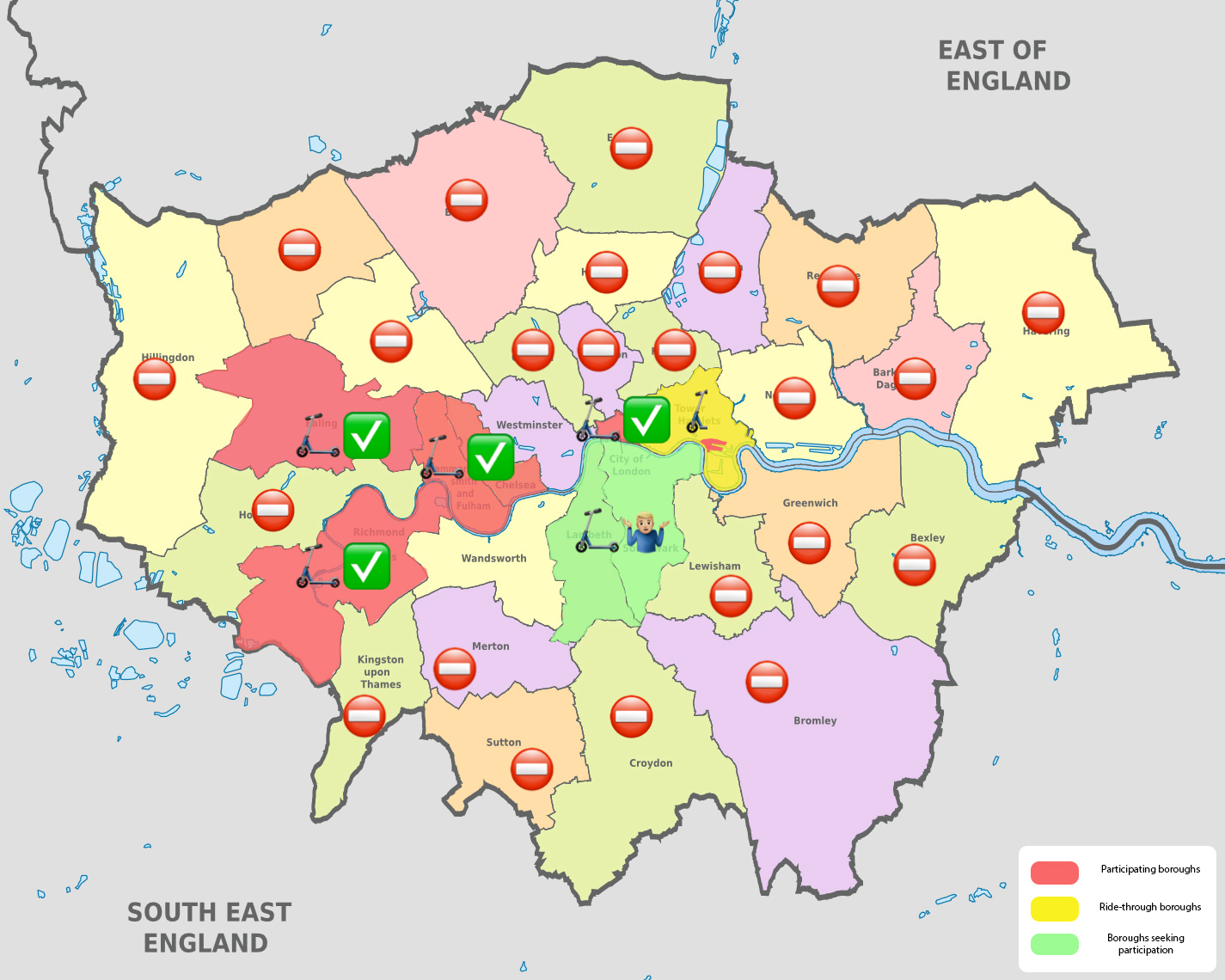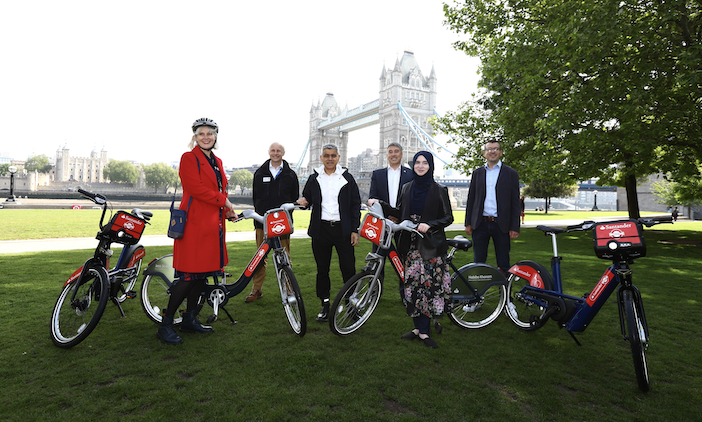Cities
💥 London’s shared micromobility boom!
2 June, 2021
London surfed the different bike-share waves when it hit Europe. The Santander Cycles public bike-share service was launched in 2010, not long after the successful experiences of Vélo’v (Lyon/FRA) or Vélib’ (Paris/FRA). The free-floating operators were also keen on operating in the British capital from 2018, but it ended with a long list of failure: Mobike, Ofo, Urbo, Beryl. Freebikes not being available for the public anymore, only Lime remains.
Like most cities in Europe, London capitalised on the bike boom resulting from the COVID-19 pandemic and implemented 62 miles of new bicycle lanes to strengthen its cycle superhighways network. It helped to increase the cycling ridership by 22% since 2019.
And 2021 is very promising for the development of micromobility and related shared services: e-scooter sharing trials are coming, Santander Cycles extension has been signed, and more shared e-bikes should be available.
Shared scooters
Transport for London worked very carefully on the development of shared scooter services. It released its tender in November 2020, and just announced the 3 winners that will have the opportunity to operate, almost one year after the Department for Transport announced the scooter-sharing trials in the UK. Scooters will be finally available in the capital from June 7th, while services are already available in more than 50 cities across the country.
As in Paris, Dott, Lime and Tier have been awarded the licenses to operate up to 6,600 scooters each in the British capital. But it will be a slow start, as operators can only start with 150 vehicles per borough, 6 of them only be joining the initial operation area. It is a maximum of 2,700 scooters for the launch, and a headache for riders to understand where they can start, ride, and end their trip.

Operators and experts are nonetheless optimistic about more boroughs quickly joining the game. Some are still are just finalising their internal governance processes and were just not ready for day 1, while others will observe the neighbours’ results to confirm their interest.
Santander Cycles’ expansion
TfL officially revealed on May 28th the extension of the sponsoring contract with Santander for the public bike-share scheme until 2025. After a successful year 2020, breaking ridership records one after the other, this will allow to develop the service further.

First with more stations to extend the operation area. If no details have been given about how many and where, the demand is here to add to the existing 750 stations.
Second with the addition of e-bikes. 500 should hot London’s streets this summer. An important move to attract and convince new users to adopt the solution, although the small quantity available might turn a ride into a treasure hunt, as it happened in New York. But I suppose we can also consider it a trial, and the share should grow in the coming years, as it should meet a similar success as in other schemes (Paris, New York, San Francisco…).
More e-bikes
Santander Cycles’ e-bikes will join the fleet of Lime already in operation. Launched in 2019 with Lime-E bikes, the fleet is now made of more than 2,000 Jump 5.6 e-bikes that are waiting for their scooter cousins to build the first multimodal shared fleet in the city. Interestingly, the operation area for bikes does not match the scooters’ one… I really wonder how operators will deal with this problem.

Dott will also have to find a solution, as it announced that Paris and London would be the first cities to host their shared e-bikes. And Tier recently launched its first e-bike service in Braerum/NOR, and York/UK, where it also operates scooters. It would therefore be no surprise to see a fleet of green Okai EB200 bikes hitting the streets by the end of the year.
With a potential fleet of 10,000 dock-based bikes and e-bikes, 20,000 scooters and a few thousand free-floating e-bikes, London could gather an amazing range of shared micromobility option. The dynamic is on thanks to the scooter sharing tender, which should also benefit e-bikes by helping operators to set the first foot in the capital and work with this borough’s complexity.
Phase 1 (with scooters) and phase 2 (with e-bikes) might eventually drive forward the discussions towards a consensus for shared mobility policies between boroughs, the main barrier to the development of the services. If we can do it with buses, we can do it with scooters as well, right?
Leave a comment